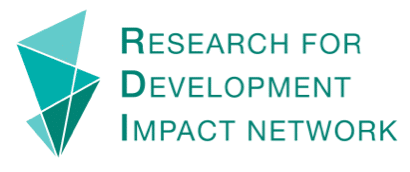Our entire lives are based on assumptions. These assumptions form our worldview, and we tend to notice them only when challenged. For example, I (the writer) assume water will come out of the tap when I turn it on, and suddenly realise that this is an assumption when no water comes out. When developing a Theory of Change (ToC), it is crucial that our assumptions are recognised and challenged.
Why? For an effective ToC to be developed and implemented, challenging assumptions lead to breakthroughs such as:
- Improving design and innovation
- More coordinated and focused action
- Better basis for adaptive management
- More focused learning and evaluation
- Increased credibility
- More effective teamwork
Here is a collection of our key takeaways from literature on the topic.
If you are interested in reading further, the links to full articles are at the bottom of the page.
- Assumptions and biases are separate from one another. Whilst biases are a result of personal perspectives, assumptions are formed from a wider collective agreement regarding what the main group perceives to be true. Assumptions are formed because of wider societal forces, but shaped by personal experience, sexuality, religion, history, culture, education, and an array of other forces.
- There are many types of assumptions. Such assumptions may include:
- Causal: Assumptions regarding the linear nature of decision making, cause and effect, for example ‘small scale farmers will be able to supply to global markets if they have access to easy credit.’
- Paradigm/World View assumptions: Regarding the drivers and pathways of change
- Belief Systems: Judgements regarding what is tolerable and feasible within societies e.g., tolerance for LGBTQI+ initiatives in socially conservative areas
- Operational Assumptions about the external context: Assumptions about the environment in which change is desired. E.g., political freedoms, stability of government/economy
- The importance of prioritising assumptions. When discussing assumptions, a frequent problem that arises is that there are too many assumptions, and it can seem daunting to confront them all. In this, it is important to determine which assumptions directly impact the formation of your ToC, and which are comparatively inconsequential.
- How to work with assumptions
Gujit provides a guide for groups to work through their assumptions, providing a series of steps and activities for participants to identify and address their assumptions. Upon identifying one’s own assumptions, the learning strategy is introduced. Through a process of information gathering and discussion, participants can fill in their blind spots and learn how to work with their assumptions. Constant monitoring and reflection are encouraged, as assumptions change over time.
Read full articles:
- Working with Assumptions in a Theory of Change Process (10mins, web article)
- How to identify assumptions in your Theory of Change(ToC) (10mins, blog)
Photo by Jason Goodman on Unsplash



